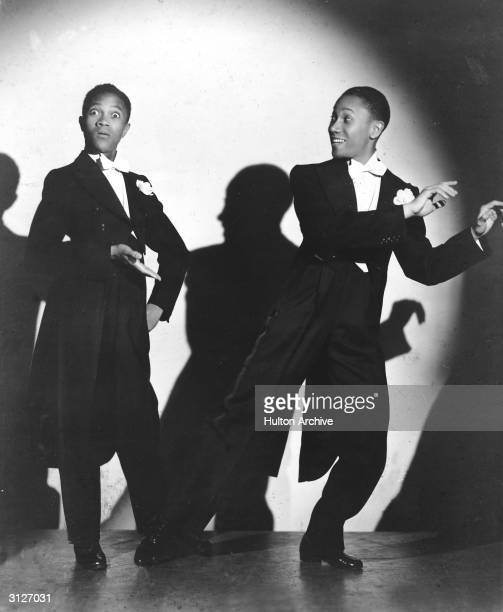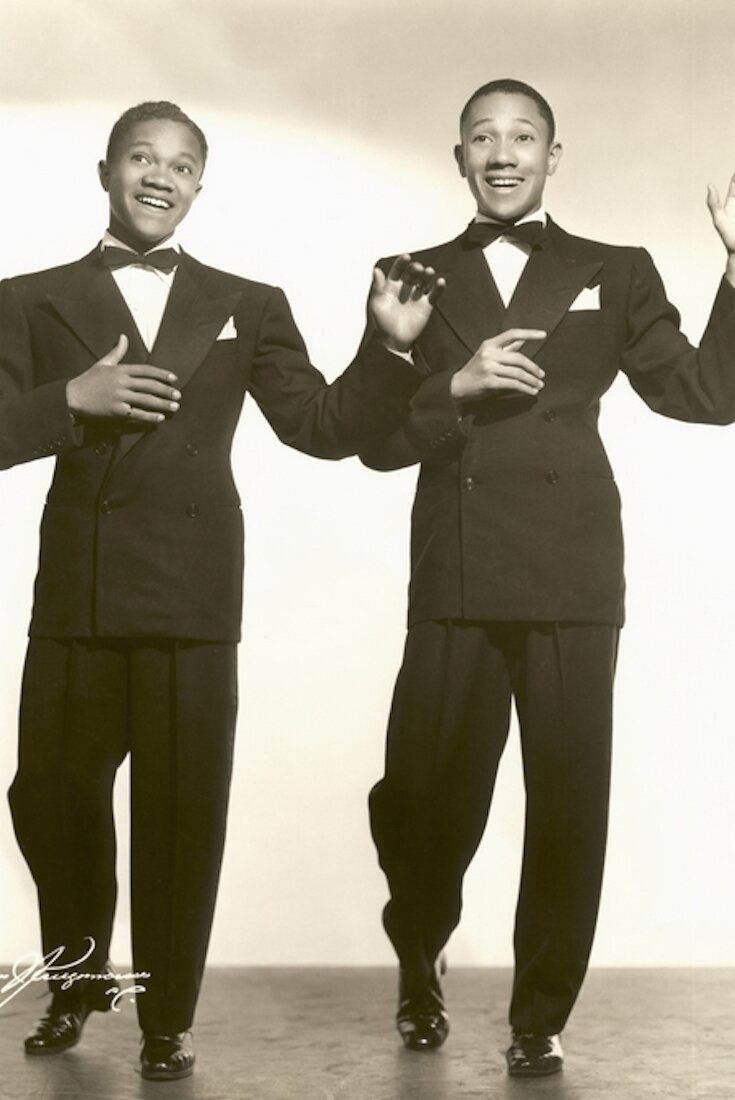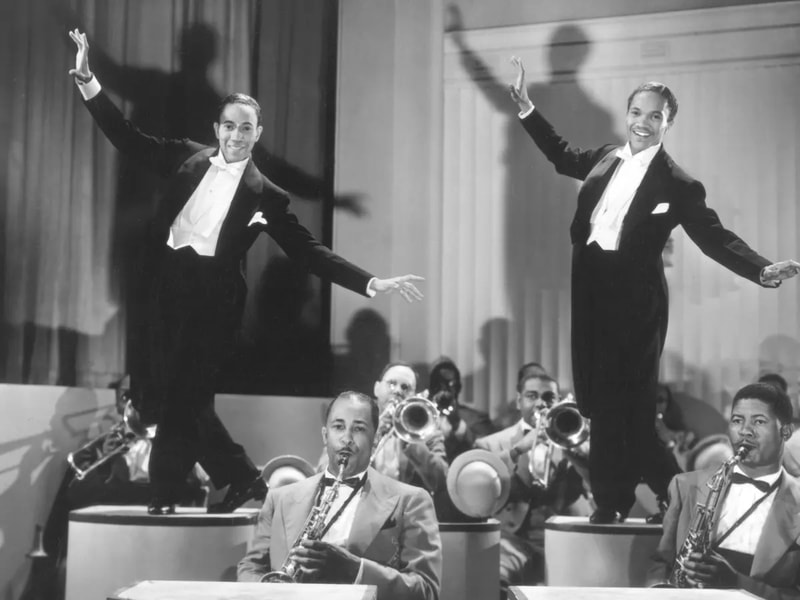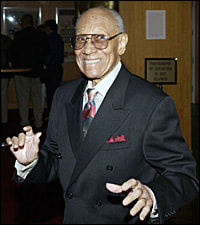HAND ELOCUTION
Fayard Nicholas (1914 - 2006)
whether you are a senior or an experienced dancer.
Improve how your fingers, wrists, hands move and you improve many things including your balance!
Aging Hands
An arthritis parable: There once was a monk who lived in a remote monastery. He spent all day long every day reading ancient manuscripts, turning each page with his little finger. He did nothing else but sit and read. When he got older he developed arthritis in every joint of his body except for ... his little finger.
Also, I think a change in attitude is appropriate here. Arthritic hands are not ugly! Aging hands are so much more expressive. They may feel stiff but they don't look stiff. They look beautiful and move elegantly. And we can enjoy that and appreciate ourselves for it.
How moving and holding the hands with intention affects dance:
The reverse also has significance in a negative way. I have trained in different dance forms for close to 50 years, 20 of it in the field of modern dance, more specifically improvisation. One of the things I often noticed was a lack of definition in the dancer's hands. Dance improvisation performers were so intent on listening to their inner voice so as to be as much in the present as possible that the blood almost drained out of their hands. Dancers would often hold their hands expressionless and slack. That habit took away from the overall effect of their performances. When you are aware of your hands as you dance, it gives the entire expression definition that can be very powerful.
It also improves the body's movement abilities.
It makes you a better dancer.
If it's good for a dancer then it is superb for someone older: Just as hand expression brings definition to the dance, it brings clarity and balance to those older. Being aware of your hands not only increases proprioceptive abilities but it connects you in a real way to the world around you. If you are conscious of your hands you are also conscious of your environment, a preeminent quality of reducing fall associated risk.
A Finger Story:
- Index finger and pinkie: Both play leading roles in the flamenco hand movement called a floreo. These are beautiful gestures useful to learn (see below). Extra energy in general in these two fingers pays off.
- Middle finger: Hold the middle finger of each hand lower than the rest of the fingers. Keep it straight and in that relative position. Let it lead when circling the wrist.
- The thumb: It goes along gracefully for the ride. Do not let it stick out. Think instead of it gently residing next to the side of the palm.
- The fourth finger of each hand is the weakest: The third and fourth fingers often move together. Isolating the fourth is quite difficult but extremely valuable as an exercise. If you can improve the strength and agility of the fourth finger and move it in isolation you have made a significant contribution to your well being. (Really!)
Exercises to Practice: There are many finger dexterity exercises. The article on Aging Hands has a number of others. What follow here are some of my favorites:
- Pull the fingers of one hand back with your palm facing away to stretch the inside of the wrist.
- For the opposite stretch, place one hand on top of the big knuckles of the other and gently press downward to stretch the top of the wrist. This stretch may feel odd because it is rarely taught.
- Turn your palm down and instead of bending the little finger in, lift it up, followed in sequence by the others.
- Combine the 2 motions: Palm up, little finger in and the others follow. Unfold with the palm down, lifting the little finger first.
- Another combination: Palm up, little finger in and the others follow. Palm stays up, straighten the index finger first with the others following.




